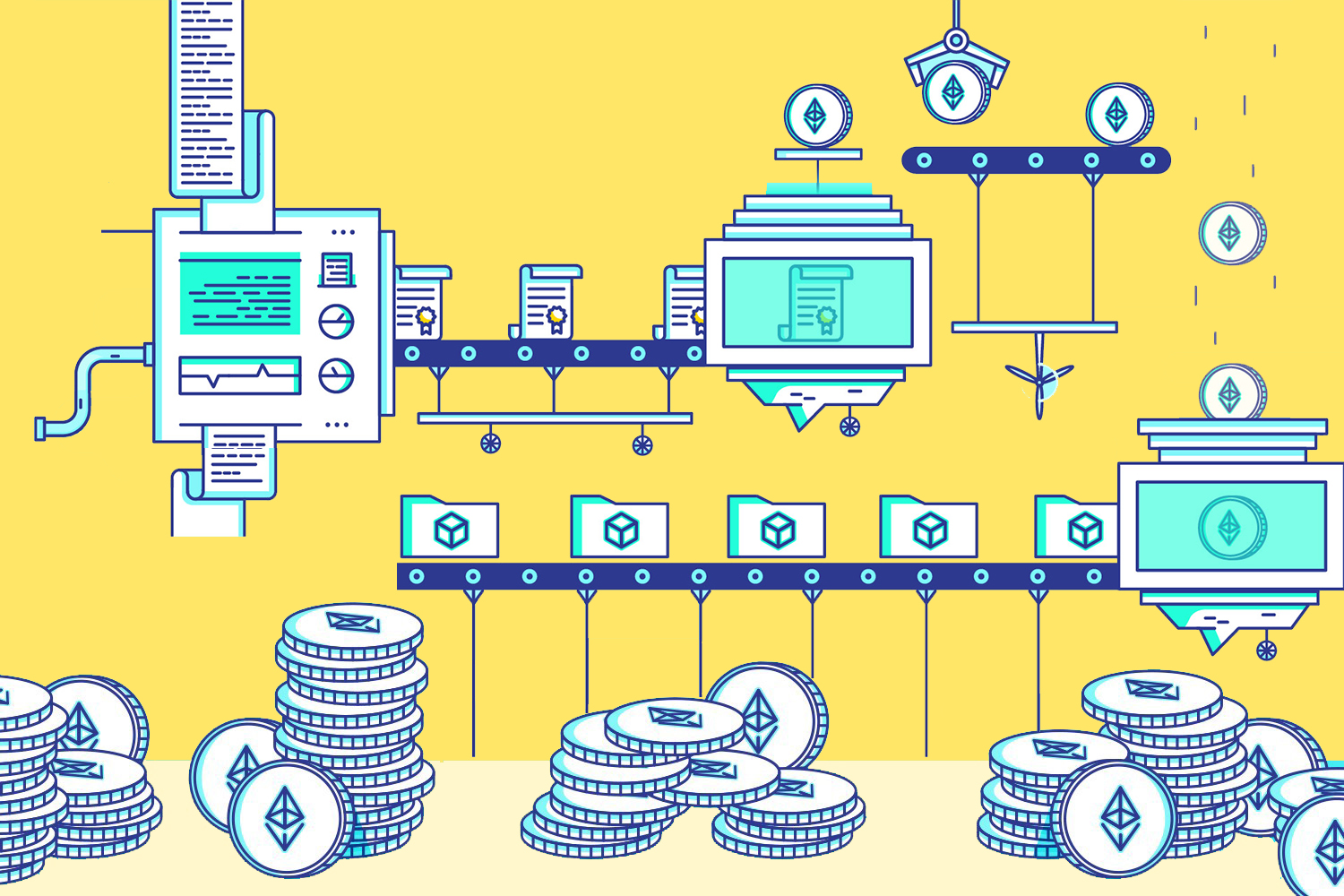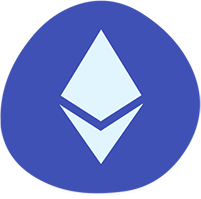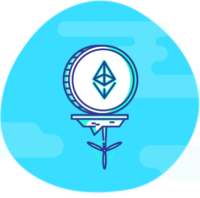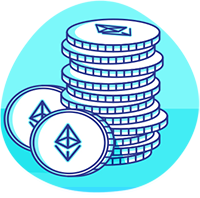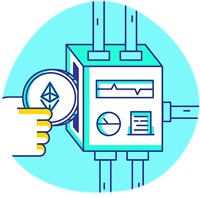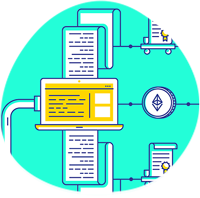Introduction
The process of creating tokens that work efficiently on the Ethereum network has changed over the last few years yielding with the creation of what is known as the “ERC-20 Standard”.
ERC20 is a standard interface for tokens, meaning ERC20 tokens are simply a subset of Ethereum tokens.
The ERC-20 Standard outlines a set of common rules that all tokens can follow on the Ethereum network to produce expected results. In order to be fully ERC20 compliant, a developer needs to incorporate a specific set of functions into their smart contract that at a high level will allow it to perform the following actions:
- get the total token supply
- get the account balance
- transfer the token
- approve spending the token
More On The ERC20 Standard
ERC20 allows for seamless interaction with other smart contracts and decentralized applications on the Ethereum blockchain.
Why is the cool? Simply because it now makes it very easy for developers to quickly understand how their token will work across the Ethereum network at large. It essentially says: follow these standard guidelines so we can all execute faster.
Since these easy-to-follow set of ERC-20 standards have been in place we have seen a huge increase in the number of tokens in the cryptocurrency space. This is the reason why an ERC-20 token will only work on the Ethereum platform, they are essentially tied to the network that they were developed upon.
While this standard definition makes it super easy to get a project up and running, the one potential downside is that the project can only ever live on the Ethereum platform, and as a result, could throttle their utility in the future.



